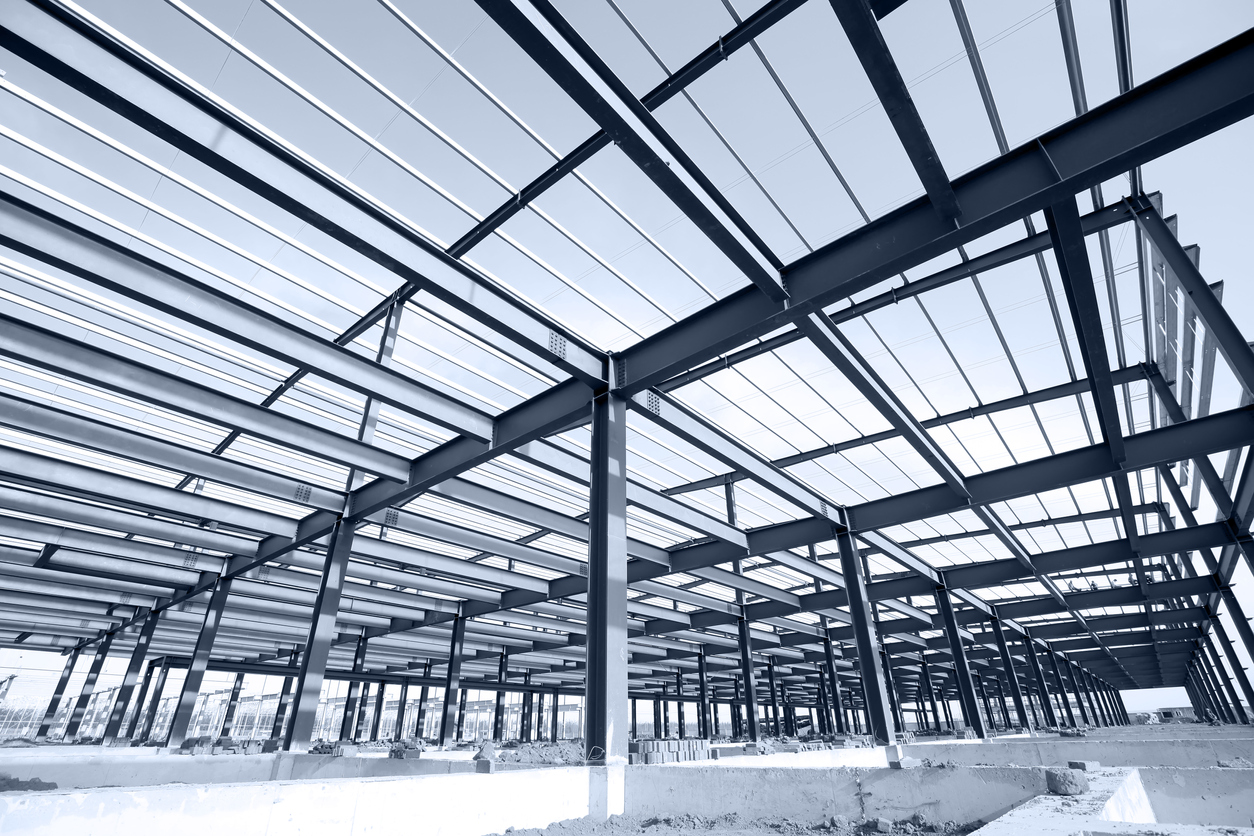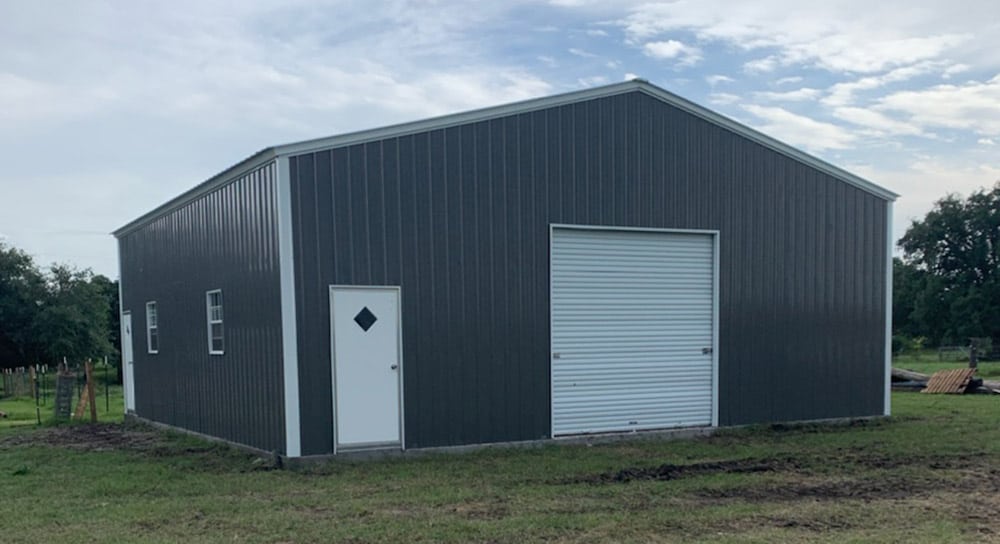Costs Steel Buildings: Durable and Trustworthy Choices for Industrial and Commercial Use
Costs Steel Buildings: Durable and Trustworthy Choices for Industrial and Commercial Use
Blog Article
The Competitive Benefit of Steel Structures: Why Choose This Superior Choice
Steel buildings have become a compelling choice in the realm of building and construction for a multitude of reasons. From their durable longevity to cost-effectiveness and sustainable qualities, steel frameworks provide a series of benefits that set them apart in the industry. The one-upmanship that steel buildings hold expands far past their preliminary charm, making them a preferred alternative for those seeking long life and adaptability in their building and construction jobs. As we check out the realm of steel constructions, it ends up being apparent why this superior alternative has gathered significant focus from engineers, developers, and engineers alike.
Longevity and Long Life
In the realm of long life, building and construction and durability are essential aspects that highlight the value proposition of steel structures. Steel is renowned for its toughness and capacity to stand up to numerous ecological problems, making it an excellent option for resilient structures. Unlike typical materials like timber or concrete, steel does not warp, fracture, or rot in time, making sure that a steel structure remains structurally sound for years.
One vital variable contributing to the durability of steel structures is their resistance to parasites such as termites, which can cause substantial damage to wood structures. Steel is additionally non-combustible, minimizing the risk of fire damages and enhancing the safety and security of occupants. Furthermore, steel buildings require very little upkeep compared to other building materials, saving both time and cash in the future.
Furthermore, advancements in steel production innovation have better improved the longevity of steel structures by improving corrosion resistance and structural stability. With correct care and maintenance, a sound steel structure can last well over half a century, offering a trusted and resilient remedy for different building and construction demands.
Cost-Effectiveness
With its numerous financial advantages, steel as a building material supplies a compelling cost-effective service for different building projects. The cost-effectiveness of steel buildings originates from several key elements. First of all, the initial expense of steel may be more than some traditional products, but the long-lasting cost savings are substantial. Steel frameworks need minimal upkeep, minimizing repair work and substitute prices in time. Furthermore, steel is extremely resilient, which equates to decrease insurance premiums as a result of reduced threat of damage from aspects such as fire, insects, and all-natural calamities.
In addition, the building process with steel is much faster and more efficient contrasted to various other materials, bring about lowered labor costs and earlier project completion. Steel structures are additionally energy-efficient, allowing for cost savings on cooling and heating expenses. The convenience of steel enables easy growth or adjustment, reducing future building costs by getting rid of the need for considerable improvements. Overall, the cost-effectiveness of steel structures makes them a clever financial investment for different building demands.
Adaptability in Layout
The versatility of steel as a structure product enables a variety of innovative style possibilities in building projects. Steel buildings offer unmatched versatility in style, making them a preferred choice for building contractors and architects. One of the key advantages of steel is its strength-to-weight ratio, which makes it possible for the building of big, open spaces without the need for excessive assistance columns. This structural effectiveness enables modern and imaginative layouts that might not be viable with various other building products.
Steel's versatility likewise permits modification to meet details style needs. Whether it's Go Here rounded roof coverings, intricate exteriors, or one-of-a-kind geometric shapes, steel can be molded to bring basically any design idea to life. In addition, steel structures can be easily expanded or modified, offering future versatility for adapting to transforming needs.
Additionally, making use of steel in construction enables sustainable layout practices. Steel is highly recyclable, minimizing ecological effect and advertising eco-friendly building and construction. Its sturdiness and resistance to rust guarantee that steel buildings maintain their aesthetic appeal and architectural stability for several years to find. Ultimately, the versatility of steel in layout not only improves the aesthetic appeal of buildings but also contributes to their longevity and performance.

Sustainable Construction Practices
Building upon the foundation of versatility in design, sustainable building and construction techniques in steel buildings play an essential function in mitigating ecological effect and promoting long-term eco-friendly options. Steel is an extremely sustainable material as a result of its recyclability and resilience. When steel buildings reach completion of their lifecycle, the steel components can be reused and used in brand-new building and construction jobs, minimizing the need for basic materials and reducing waste. Furthermore, the power performance of steel buildings adds to sustainability efforts. Steel structures can easily fit insulation, photovoltaic panels, and various other energy-efficient functions, decreasing energy usage and functional costs in time. This not only benefits the atmosphere however additionally offers long-term cost savings for structure owners.

Rapid Construction Timeline

Moreover, the structured process of erecting steel frameworks lowers building time considerably. The simpleness of steel building style and the simplicity of assembly add to faster task completion, making it an optimal option for customers with time-sensitive needs (steel buildings). Furthermore, the capability to service different parts concurrently, such as site preparation and structure construction along with steel fabrication, additional look at this now accelerates the total construction timeline
Conclusion
Finally, steel structures supply an affordable benefit due to their resilience, cost-effectiveness, versatility in style, lasting construction techniques, and fast building and construction timeline. These elements make steel buildings a remarkable alternative for numerous construction projects, supplying long-lasting benefits and worth. Picking steel buildings can result in improved efficiency, efficiency, and sustainability in the construction industry.
Unlike standard products like wood or concrete, steel does not warp, crack, or rot over time, guaranteeing that a steel building stays structurally audio for years.
The versatility of steel as a building material allows for a wide range of innovative layout possibilities in building projects.Building upon the foundation of versatility in layout, sustainable building and construction techniques in steel buildings play a critical role in mitigating environmental effect and advertising long-lasting green options. When steel buildings get to the end of their lifecycle, the steel parts can be recycled and used in new construction tasks, lowering the need for raw materials and lessening waste.In conclusion, steel structures use a competitive benefit due to their longevity, cost-effectiveness, adaptability in design, lasting construction methods, and quick building timeline.
Report this page